Attempting to add a green glow to your automotive life can feel a bit like learning another language, can't it?
Petrol-powered cars are easy. We drive them, and when they're empty we pull over and fill them up. But adding electricity seems to complicate matters.
But therein lies the magic of plug-in hybrid electric vehicles, like the Mitsubishi Eclipse Cross. By combining the familiarity of a petrol engine with a future-focused electric motor and battery, the path to a greener lifestyle has never been easier to follow.
Still, there are some things you need to know, so join us for our Guide to Going Green.
What does PHEV stand for?
Let's start here, shall we? The acronym PHEV simply stands for plug-in hybrid electric vehicle.
What is a PHEV?
Like any hybrid, a plug-in hybrid electric vehicle combines a traditional engine with an electric motor and battery. But it's the ‘P’ that makes it unique, because it can be plugged into recharge, like a fully electric vehicle. And if that sounds like it's the best of both worlds, it's because it is.
How do PHEV cars work?
There is, of course, a whole lot of complex engineering that goes into building any vehicle, and even more so when creating something as clever as plug-in hybrid. Happily, actually driving one is refreshingly simple.
Let's use the new Mitsubishi Eclipse Cross Plug-in Hybrid as the example here.
Mitsubishi's ingenious SUV is equipped with a 2.4-litre petrol engine. So far, so familiar. But that engine is then paired with twin electric motors (one at the front wheels and another at the rear), which are powered by a 13.8kWh lithium-ion battery pack.
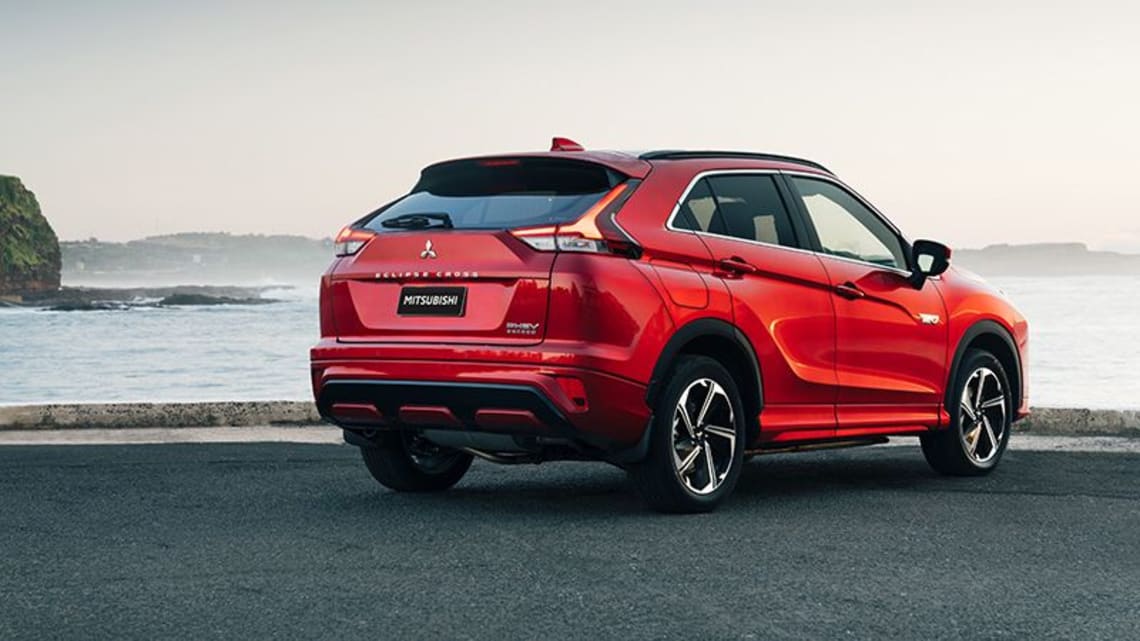
What all that means is that you can plug-in your Eclipse Cross Plug-in Hybrid and then run it exclusively on battery power for a zero-emissions drive. And if you should run out of charge, then the petrol engine will take over, meaning there are no EV range limitations here — you can cross Australia if you want to, without ever needing to plug in.
Or you can leave the vehicle in charge, and your Eclipse Cross Plug-in Hybrid will alternate between battery power, engine power, or a combination of both, without you having to think about it.
Will I need a wallbox?
A wallbox is a dedicated EV charging point that reduces the time it takes to charge at home. So while a standard power point (2.3kW) is perfectly suited to overnight charging, a dedicated wallbox installation means you can get energy into your vehicle faster (3.7kW up to 22kW).
Again, we turn to the Mitsubishi Eclipse Cross Plug-in Hybrid. Plug it into any standard power point in your home or garage, and you will fully replenish the batteries in a fast seven hours. Plug it into a wallbox, and the time required will drop to less than four hours.
Do I need solar panels?
Again, you do not. Think of your PHEV like you do anything else in your home that you plug in.
If you have solar panels, you can harness the sun to recharge the drive battery for free!. But if you don't, then just like anything else in your house, there is a cost to import power from the grid.
The reason a lot of people choose to install solar panels when they purchase an electrified vehicle is because it's a guaranteed way of reducing - or removing - your 'well to wheel' carbon emissions when it comes to driving.
The Mitsubishi Eclipse Cross, for example, will travel 55km* on electricity alone between charges — more than enough for most daily commuting.
When it does come time to recharge, using solar panels rather than the grid means your automotive life is entirely emission-free.
What is the difference between AC and DC charging?
Let's start with the definition. AC stands for alternating current, and every power point you have in your home is an AC socket. DC stands for direct current, which allows for much faster charging.
Your car's battery needs Direct Current, so when you charge from a power point at home, the vehicle uses its on-board AC to DC converter to change the Alternating Current from your home to the Direct Current needed by the vehicle battery.
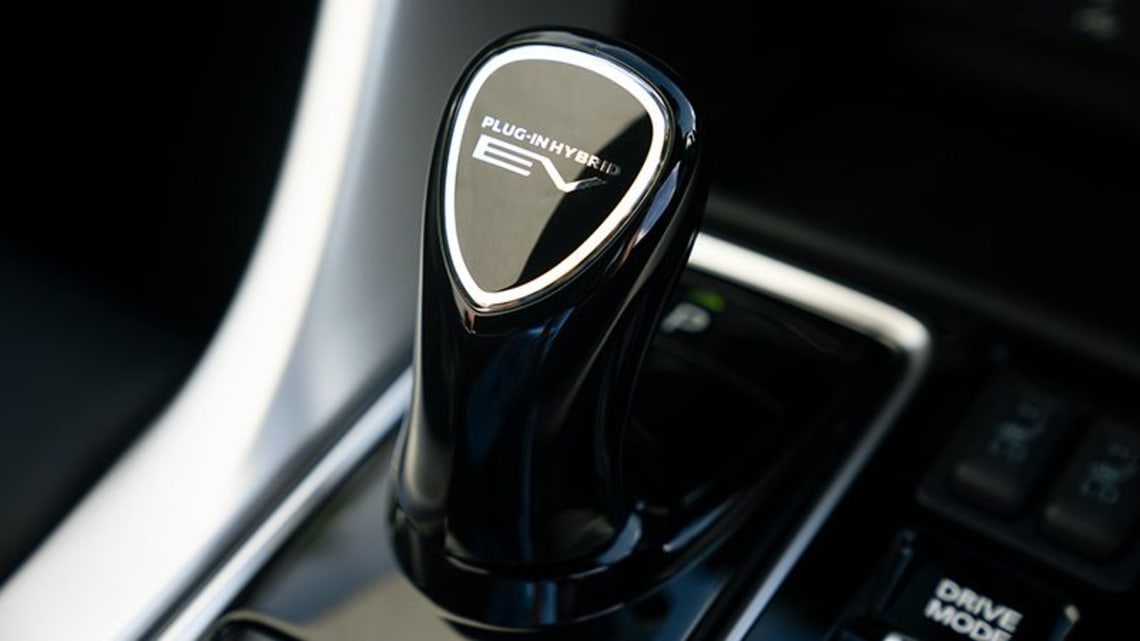
However, when you plug into a DC fast-charger, the charger itself is home to a larger, high-power AC-DC converter, allowing DC current to flow rapidly from the charger to the destination (the vehicle battery).
It's all a little complex, but the easiest way to think of it is that no matter whether you're using AC or DC current, both will recharge your vehicle's battery. But a DC charger will refill the batteries much faster.
How far can I drive on battery power alone?
It all comes down to how you use the vehicle. A modern PHEV like the Mitsubishi Eclipse Cross Plug-in Hybrid, for example, will travel up to 55km* on a full charge in EV mode, and according to Australian Bureau of Statistics, the average daily commute from home to work and back is 36.4km, which means you might never need to visit a petrol station during the week!
What if I run out of battery charge?
This one is simple: you keep driving. The magic of a vehicle like the Mitsubishi Eclipse Cross Plug-in Hybrid is that, should you run out of battery charge, your vehicle will simply start the petrol engine and you keep going.
As a driver, you will never have to worry about how much charge your batteries have, or trouble yourself with any kind of EV range anxiety.
It's up to you, when you want to travel on battery power alone, simply engage EV Mode and it will do exactly that. At all other times when not in EV mode it will use a combination of electricity and petrol power.
Remember what we said about this being the best of both worlds?
*55km is dyno lab test result according to NEDC driving cycle and does not represent real world driving.
More information on the Mitsubishi Eclipse Cross Plug-in Hybrid.





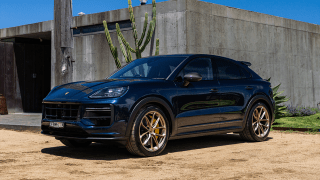
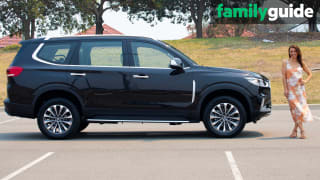
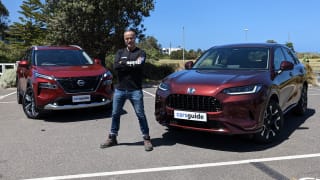

Comments